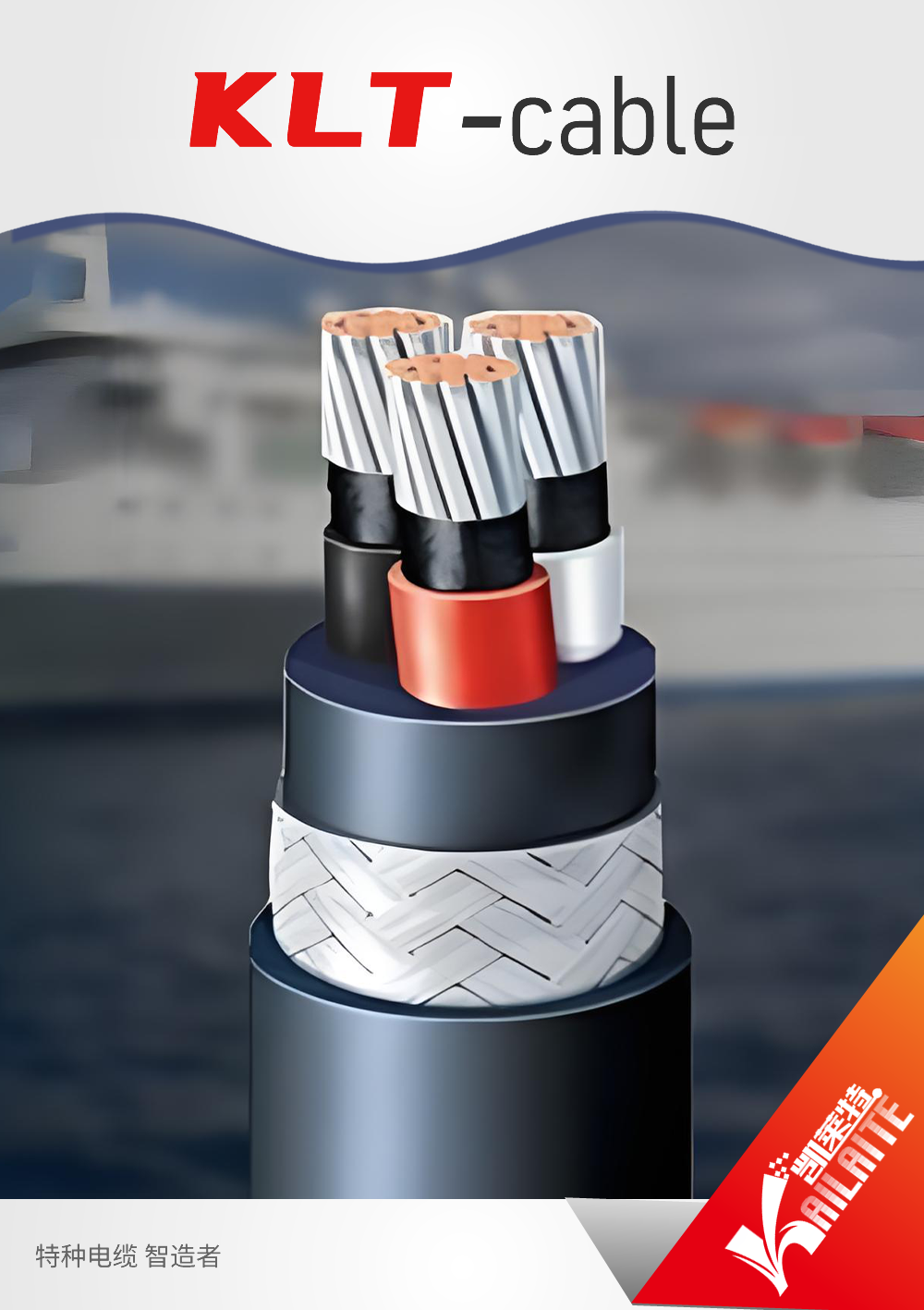CE European Community Standard Cable
CE European Community Standard Cables
Significance of Certification
- The CE mark is the passport for manufacturers to enter the European market. It is a mandatory certification mark in the EU market, indicating that the product complies with the basic requirements of the EU in terms of safety, health, and environmental protection, and can be freely circulated within all EU member states.
Applicable Standards
- Low Voltage Directive (LVD): It ensures the safety of cables when used within the rated voltage range and prevents electrical accidents such as electric shock and short circuit.
- Construction Products Regulation (CPR): Since July 1, 2017, cables sold in the EU market for use in construction projects must comply with the EN 50575 standard, which specifies the fire performance requirements of cables, including indicators such as heat release during combustion, flame spread, and smoke generation.
- Electromagnetic Compatibility Directive (EMC): It requires that cables work properly in the electromagnetic environment and do not cause excessive electromagnetic interference to other electronic devices.
Common Types
- H05VV-F: It is suitable for various electrical installations in dry or humid indoor environments, especially in industrial use environments, such as machine tool manufacturing and complete equipment installation projects.
- H07RN-F: It has good oil resistance, heat resistance, and weather resistance, and is suitable for places with certain mechanical stress and chemical corrosion risks, such as factories and mines.
- Control Cables: They are used to transmit control signals to ensure the normal operation of various equipment and systems, such as electrical control cabinets and distribution boxes.
Product Characteristics
- Conductor: Multi-strand ultra-fine and finely stranded oxygen-free copper wires that meet the VDE0295 CLASS 5 standard, with good electrical conductivity and flexibility.
- Insulation: Special mixed PVC insulation is adopted, which has excellent mechanical properties, electrical insulation performance, and chemical stability, and can effectively prevent leakage and short-circuit accidents.
- Color Identification: Cables with a cross-sectional area of ≤0.5mm² comply with the DIN47100 standard in terms of color. Cables with a cross-sectional area of ≥0.5mm² are numbered with black numbers on a white background. Cables with more than three cores have a yellow-green grounding wire, which is convenient for identification during installation and maintenance.
Products

